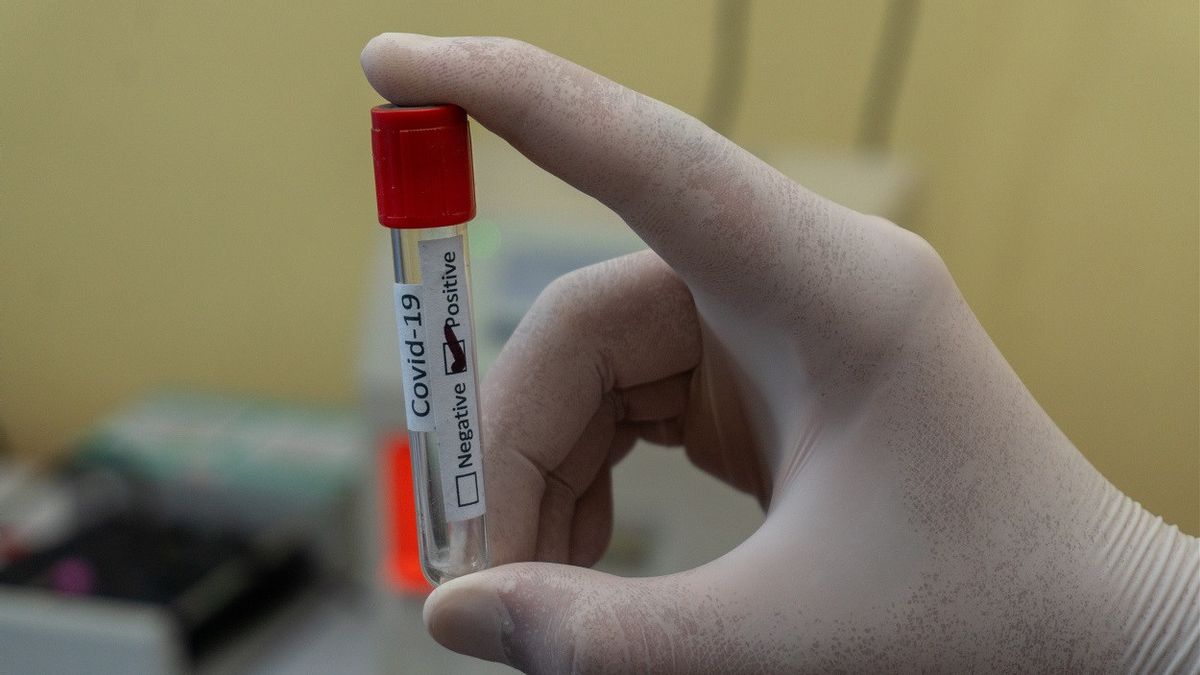JAKARTA - Joint researchers from three different universities in the United States, Italy, and New Zealand revealed that China and Southeast Asia are hot spots for possible new types of coronavirus.
Launching Yenisafak, Thursday, June 3, researchers from the University of California (UC), Berkeley, Polytechnic University of Milan, and Massey University of New Zealand, jointly conducted a study on hotspots that are favorable for bats carrying the coronavirus and where conditions are already favorable. ripe for disease, to pass from bats to humans.
Global land-use changes, including forest fragmentation, agricultural expansion, and concentrated livestock production, were also included in this study.
"Most of the current hotspots are clustered in China, where rising demand for meat products has driven the expansion of large-scale industrial livestock farming", the researchers said in their analysis published Tuesday.
The researchers also found that parts of Japan, the Philippines north and south of Shanghai were at risk of becoming hotspots with further forest fragmentation. Meanwhile, parts of Indochina and Thailand could transition to hotspots with increased livestock production.
Paolo D'Odorico, a professor of environmental science, policy, and management at UC Berkeley, and a co-author of the study said the land-use change should be carefully evaluated from an environmental and human health perspective.
SEE ALSO:
"Because they can increase our exposure to zoonotic diseases. Any formal land-use change should be evaluated not only for environmental and social impacts on resources such as carbon stocks, microclimate, and water availability but also for potential chain reactions that could impact human health", he said.
The English, Chinese, Japanese, Arabic, and French versions are automatically generated by the AI. So there may still be inaccuracies in translating, please always see Indonesian as our main language. (system supported by DigitalSiber.id)


















